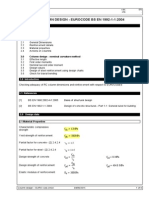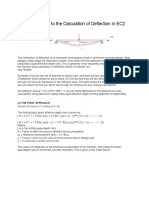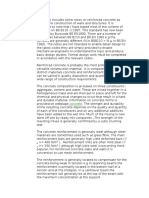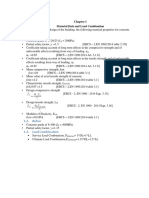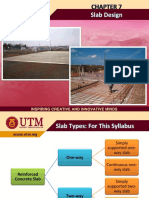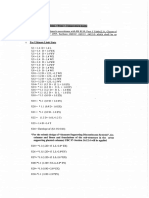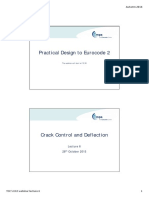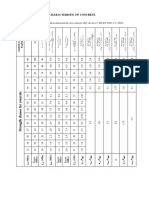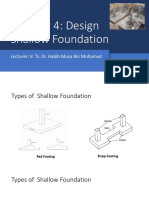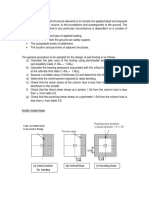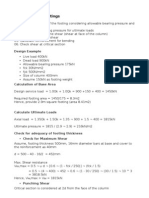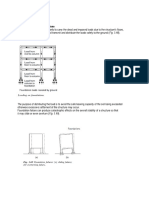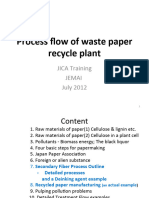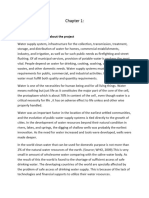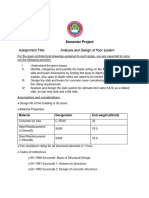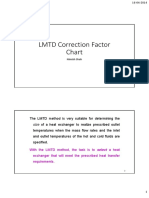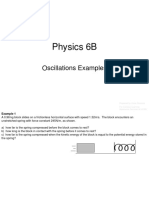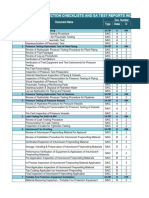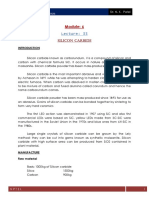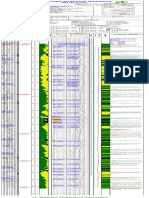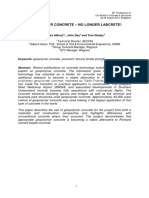100% found this document useful (2 votes)
2K views5 pagesPad Foundation Design Example Eurocode 2
The document summarizes the design of a pad foundation to support a 450mm x 450mm column. It includes calculations to determine the size, reinforcement, and bearing capacities of the pad foundation based on the loads and soil properties. The pad size is determined to be 3.75m x 3.75m x 0.75m thick. The reinforcement consists of B20 bars at 175mm centers. Calculations are provided to check the bearing capacity, shear resistance, and stresses in the reinforcement to verify the design meets code requirements.
Uploaded by
tedy yidegCopyright
© © All Rights Reserved
We take content rights seriously. If you suspect this is your content, claim it here.
Available Formats
Download as PDF, TXT or read online on Scribd
100% found this document useful (2 votes)
2K views5 pagesPad Foundation Design Example Eurocode 2
The document summarizes the design of a pad foundation to support a 450mm x 450mm column. It includes calculations to determine the size, reinforcement, and bearing capacities of the pad foundation based on the loads and soil properties. The pad size is determined to be 3.75m x 3.75m x 0.75m thick. The reinforcement consists of B20 bars at 175mm centers. Calculations are provided to check the bearing capacity, shear resistance, and stresses in the reinforcement to verify the design meets code requirements.
Uploaded by
tedy yidegCopyright
© © All Rights Reserved
We take content rights seriously. If you suspect this is your content, claim it here.
Available Formats
Download as PDF, TXT or read online on Scribd
/ 5







